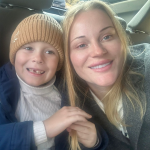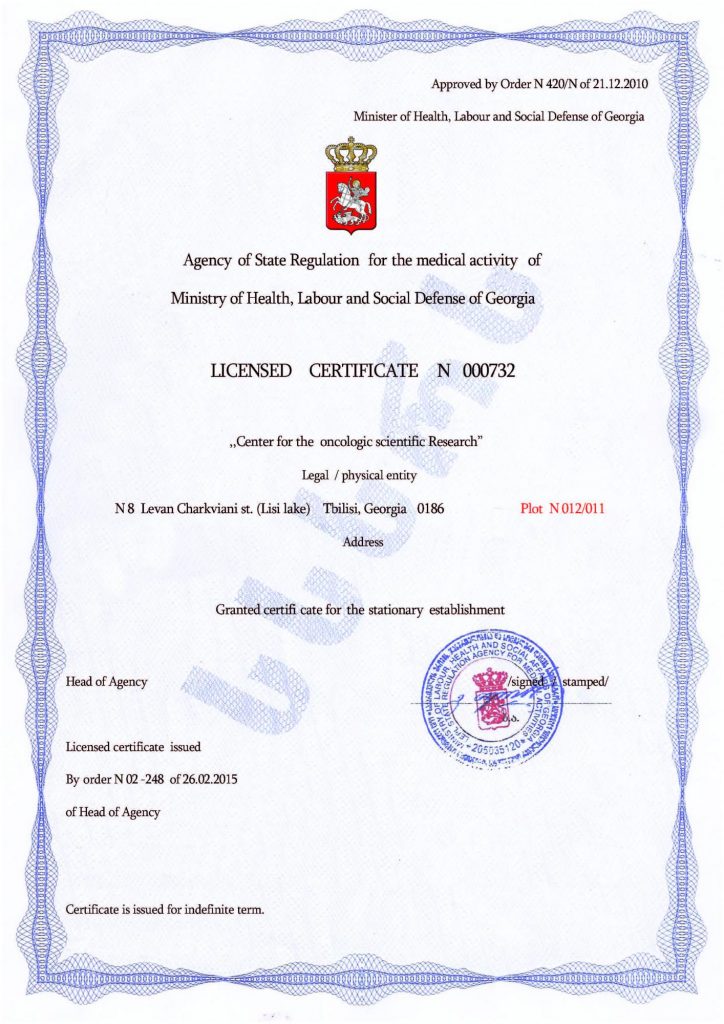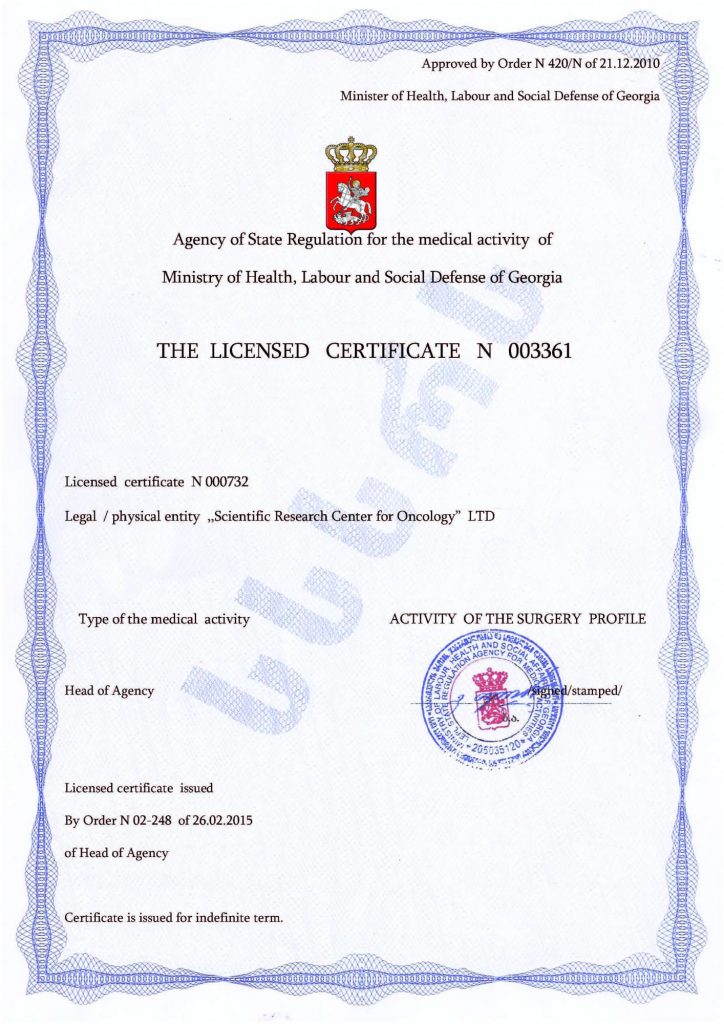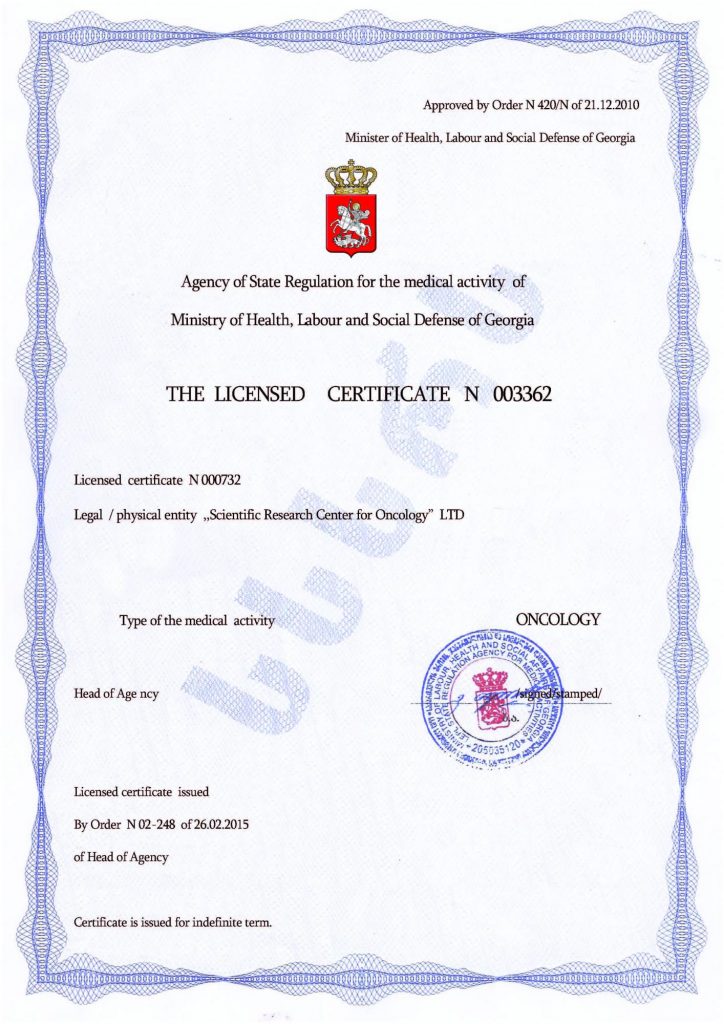Therapeutic Aspects of Creative Activity in Autism
Creative activity plays a significant role in the therapy and support of autistic individuals, offering unique pathways for development, self-expression, and improving quality of life. Here are the key therapeutic factors.
- Alternative and Additional Communication
- For nonverbal or minimally verbal autistic individuals, drawing, painting, sculpture, music, dance, and drama become powerful tools for expressing thoughts, emotions, experiences, and perceptions of the world.
- Creativity provides a less stressful way to “speak,” bypassing the difficulties of oral speech, thus helping reduce anxiety.
- Understanding the inner world. A better understanding of the autistic individual’s inner world can be gained through their creative works.
- Development of Social Skills and Interaction
- Collaborative creative projects (orchestra, theater performance, group drawing) in a safe, structured environment create natural opportunities to practice:
- turn-taking;
- focusing on the common project;
- nonverbal communication (through observing others’ actions);
- simple collaboration.
- Through drama, visual arts, and music, emotions can be best studied and expressed, contributing to the development of empathy and understanding of others’ emotions.
- Creativity can become the foundation for building relationships and friendships based on shared interests.
- Sensory Integration and Regulation
- The variety of materials (paints, clay, sand, fabrics, musical instruments) provides a rich but controlled sensory experience. This stimulation helps individuals with autism explore different sensory sensations in a safe environment and adapt to them.
- The process of creativity (such as drawing, sculpting, playing drums, or dancing) can have a calming, organizing effect on the nervous system, helping manage anxiety, stress, or sensory overload. Creativity becomes a healthy way of self-regulation.
- Working with different materials and tools promotes motor skills development—both fine (drawing, sculpting, playing instruments) and gross (dance, dramatic movement).
- Development of Cognitive Skills and Flexibility
- Creative tasks (how to depict an idea, how to fix a mistake in a drawing, how to play a melody) stimulate cognitive flexibility and promote the search for unconventional solutions.
- Planning a project (the sequence of steps in a drawing or craft), organizing the workspace, and maintaining attention to the task are developed during the creative process, improving executive functions.
- Art, by its nature, is symbolic, contributing to the development of abstract thinking and understanding of symbols.
- Creativity can help break through narrow, restricted interests typical of autism or integrate them into a broader context.
- Boosting Self-Esteem and Self-Identification
- Creating a finished piece of art gives a sense of competence, achievement, and pride, which is critical for developing positive self-esteem, especially when there are difficulties in other areas.
- Creativity allows individuals with autism to express their unique personality, worldview, strengths, and interests, promoting the formation of healthy self-identity.
- In the creative process, individuals often make their own decisions (what to draw, which color to choose, how to move), which provides an important sense of control over the situation and their actions.
- Emotional Release and Self-Understanding
- Creativity offers a safe way to express complex emotions—anger, fear, sadness, joy, or confusion—that may be difficult to articulate verbally.
- Through art, one can indirectly work through complex situations, experiences, fears, or traumatic events.
- The process of creation helps individuals become more aware of their inner states and reactions.
For successful creative therapy in autism, it is essential to follow certain conditions and principles.
- Individual approach—considering sensory profiles (hypersensitivity and hyposensitivity), communication abilities, interests, and developmental level of each individual.
- Focus on the process, not the result. The primary goal is the therapeutic experience of the creative act itself, rather than producing a “beautiful” picture or “correctly” played melody. Avoid evaluations and comparisons.
- Structure and predictability, expressed in clear rules, visual schedules for the session, and warnings about changes in activity, help reduce anxiety.
- Provide opportunities for choosing materials, themes, and levels of participation.
- Support and encouragement should focus on creating a safe atmosphere and positive reinforcement of efforts.
- Finally, it is important to remember that creativity is not intended to “fix” autism, but to support development, unlock potential, and improve quality of life based on the child’s own terms.
Thus, creative activity, adapted to the individual needs of a person with autism and conducted in a supportive environment, becomes a powerful therapeutic tool promoting the development of communication, social skills, sensory integration, emotional regulation, cognitive functions, and positive self-esteem. However, it serves only an auxiliary role, as it cannot eliminate autism or even its individual symptoms.
This requires medical intervention, with the optimal option today being cell therapy. This modern, reliable, and safe technology is far more effective than any existing methods. It involves stem cell transplantation—the body’s basic building blocks, taken from the patient, which eliminates rejection. These cells can transform into any other cells and replace damaged ones with healthy counterparts. Thus, treatment occurs in the most natural way—through the body’s own regenerative abilities.
Soon after the procedure, positive changes become apparent—the brain and nervous system function begins to normalize, behavior stabilizes, and development accelerates, with various functions being formed. The intensity of autism symptoms decreases, and in many cases, they disappear completely. This effect is long-term and often lifelong, contributing to the effectiveness of additional correction measures.
Cell therapy was developed relatively recently, but it is already an internationally recognized method for combating autism and its manifestations, and it may become the primary approach in the future. It is no surprise that leading clinics around the world, including the Mardaleishvili Medical Center, actively apply it. The center’s doctors have extensive successful experience in stem cell transplantation, and the latest-generation equipment helps achieve the best therapeutic results. The quality of care matches that of other countries with advanced healthcare systems, and the cost of treatment is more financially accessible. Furthermore, assistance with trip planning and resolving other matters, including accommodation during rehabilitation, is available if needed.
Cell therapy—an opportunity to enhance a child’s creative abilities!
Autism Treatment Center Videos
Autism treatment with own stem cells
Cord blood association congress
International Quality Crown
Autism Treatment Reviews
Autism treatment with own stem cells
The story of Alessandro (6 years old)
Autism Patient Testimonial - Stem Cell Treatment
Clients Testimonials

Review by Anastasia, mother of Yusup (8 years old) Read More
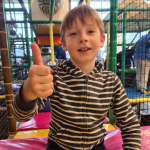
Feedback from Nathalie, mother of Andre (9 years old) Read More

Feedback from Yulia, mother of Emily (7 years old) Read More
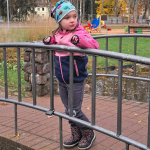
Feedback by Everita, Katrina’s mother (5 years old) Read More
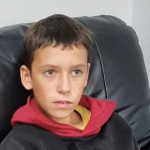
Feedback from Igor, David’s father (12 years old) Read More
